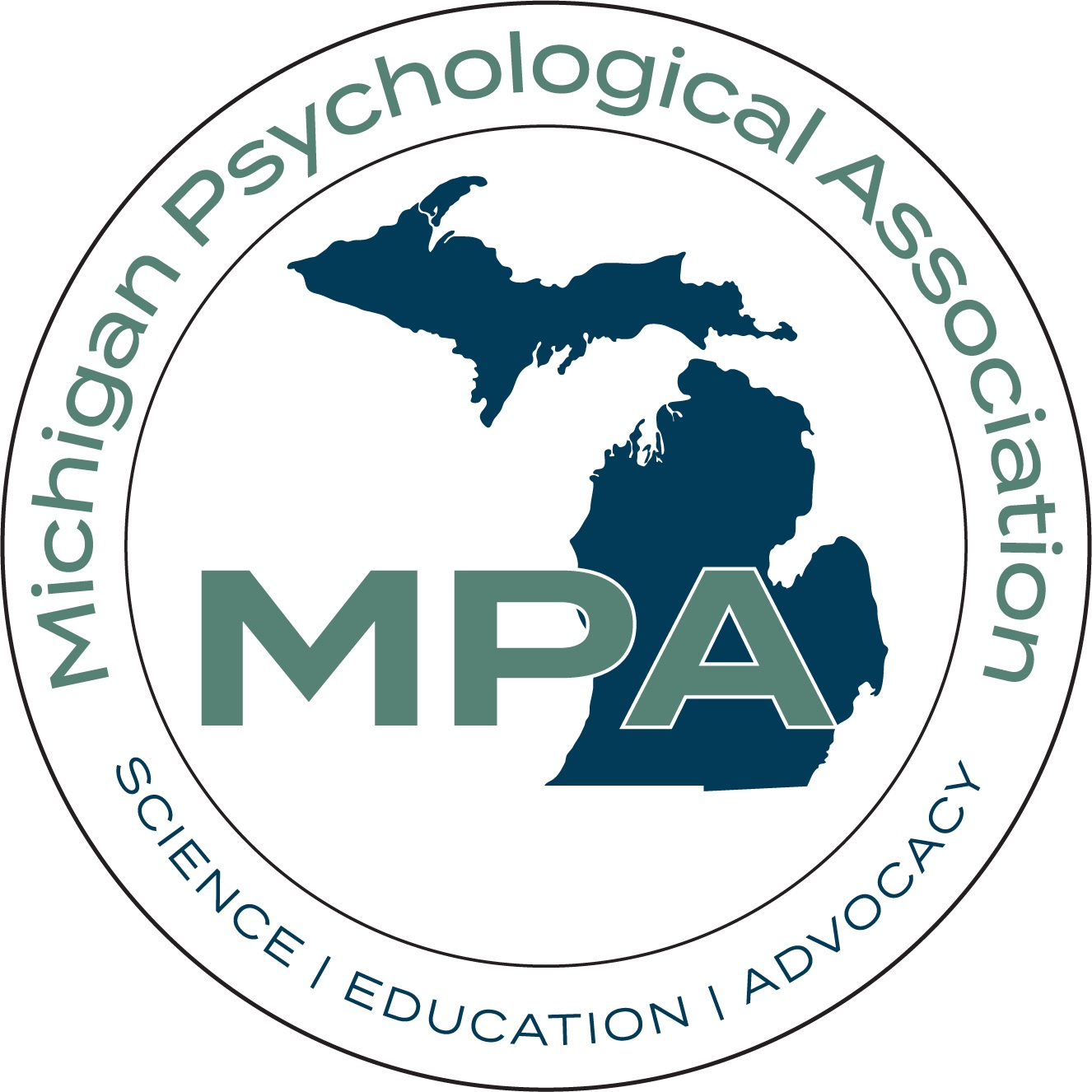Is There a Faster Way to Diagnosis and Intervene in Fetal Alcohol Spectrum Disorder?
What’s New in Psychology?
Is There a Faster Way to Diagnosis and Intervene in Fetal Alcohol Spectrum Disorder?
Jim Windell
Prenatal alcohol exposure (PAE) is a known cause of birth and growth defects as well as neurobehavioral issues. However, children with more obvious physical differences may be appropriately diagnosed with fetal alcohol syndrome (FAS).
The majority of children affected by PAE, however, present largely with neurobehavioral issues that align with the diagnostic criteria for fetal alcohol spectrum disorder (FASD). This condition affects up to five percent of school-age children in the U.S., but they are at high risk of being misdiagnosed. Sometimes they are diagnosed with ADHD – or they may not be diagnosed at all. Children with FASD who are incorrectly diagnosed or not diagnosed all together miss out on tailored interventions, which could lead to worse outcomes.
Although researchers have made progress in identifying FASD, a lack of specialist diagnostic training among clinicians is just part of the problem. A pressing need is for accurate screening methods that are inexpensive and easy to use.
Based on a new study, however, there may be a new screening instrument that has the potential to more accurately identify FASD. If this new instrument proves effective, fewer missed and erroneous diagnoses will be made and more children n may receive treatment and support.
The study was recently published in Alcohol: Clinical & Experimental Research, and details research related to the testing of a new diagnostic tool called FASD-Tree, which is an automated web-based screening instrument combining two existing tools – a decision tree and a risk score assessment.
Researchers worked with children aged four to 17 recruited from FASD research and clinical programs. Of the recruited youngsters, 224 had documented PAE. A control group consisted of 78 children without prenatal alcohol exposure, although some had lower IQ scores or attention problems, which overlap with FASD. The children were examined by expert clinicians for five physical features associated with FASD, in addition to height, weight, and head circumference. Two parent questionnaires assessed their attention, socialization, rule-breaking, living skills, and more. The FASD-Tree yields a yes/no indicator of FASD and a numeric risk score, which can be considered separately or in combination. The researchers used statistical analysis to evaluate diagnostic results.
Comparing alcohol-exposed children and the control group, the components of the FASD-Tree classified participants as either PAE or otherwise with 76–84% accuracy. Using the combined measures, accuracy was 81%. The FASD-Tree correctly identified 87% of positive cases (participants exposed to alcohol as fetuses) and 63% of negative cases (those not exposed). When participants with FASD (meeting criteria for either FAS or alcohol-related neurodevelopmental disorder) were compared to those without FASD (a group that included some alcohol-exposed participants), the components of the FASD-Tree accurately classified them in 75-80% of cases; combining both indicators resulted in 77% accuracy. Again, the FASD-Tree was more adept at identifying positive cases than negative. The researchers concluded that overall, the FASD-Tree’s accuracy was fair to good and improves on some clinical tools currently in use.
In general, the study authors state that the FASD-Tree is a valuable and accessible clinical tool with the potential to improve diagnostic accuracy in primary and specialty healthcare settings. If children who are potentially FASD receive earlier and more appropriate diagnosis and treatment, the children with FASD may have improved outcomes. The caution, though, at this point is that the FASD-Tree is a guide to clinical decision-making – not an objective biomarker. And additional testing is needed.
To read the original article, find it with this reference:
Mattson, S. N., Jones, K. L., Chockalingam, G., Wozniak, J. R., Hyland, M. T., Courchesne‐Krak, N. S., ... & CIFASD. (2023). Validation of the FASD‐Tree as a screening tool for fetal alcohol spectrum disorders. Alcoholism: Clinical and Experimental Research. https://doi.org/10.1111/acer.14987




